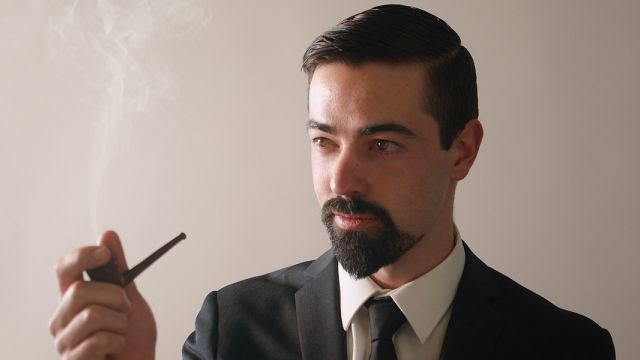The Wilkins Trilogy – Part 1
‘Some thoughts sustain you; others can kill you,’ says Bert Wilkins, in another life-and-death situation. He faced a Turkish firing squad, survived severe frostbite and a polar bear attack, and then was fearless at the Western Front where he earned the nickname ‘The Mad Photographer’ – from the Germans – all before he was thirty years old.
Sir Hubert Wilkins was one of the world’s greatest explorers: born in 1888 in Mount Bryan East, two days travelling from Adelaide (at the time), he was never happy working the family farm. Bored with his training in the School of Mines, he set off with a travelling cinema, first to Sydney, then London – then wherever his employers sent him to take photographs and moving images of the events of the world, to be shown in cinemas back home as ‘newsreels’. That took him first to cover the Ottoman-Bulgaria war in 1912, then to join an expedition of the Arctic, and after a visit home to see his mother, to the Western Front of the First World War, where his farming origins came in useful, earning him the respect of the Press Corps with his equine skills.
Peter Maddern’s script covers just a few years of the man’s adult existence in this first part of a trilogy. Stephen Schofield is outstanding as the almost-fearless explorer, on stage for the whole performance, alone but for the briefest of moments. He takes us on his journey with him, sharing every emotion: from his boyish excitement being chosen to be taking the pictures, not cranking the projector, to his determination not to break the gaze of his Turkish gun-wielding captors, and many times along the way, to the edge of death so certain except that he’s standing here recounting how he survived.
Schofield is supported with excellent sound design by Andrés Diez Blanco, the guns and shells of war reverberating around the auditorium, the creaking of the wooden ship stuck in the ice. And in a brilliant exhibition of ‘less is more’, the images captured by Wilkins on his many journeys are used sparingly and with tremendous effect. When Schofield describes a moment from the Great War, he sets the scene with his words and a simple prop camera, and we have a clear image of what he’s looking at before the real picture slowly appears across the cyclorama.
The story ends all too soon, and we’re desperate for the next two parts of this man’s life (it doesn’t even begin to slow down after this), which I’m hopeful won’t be too far away.
This is exquisite story-telling in an extraordinary performance.
Mark Wickett
Subscribe to our E-Newsletter, buy our latest print edition or find a Performing Arts book at Book Nook.

